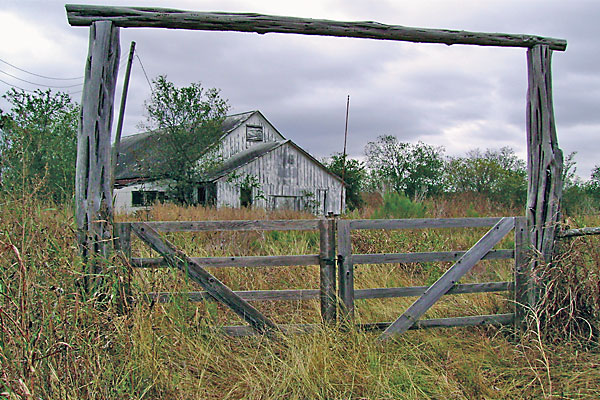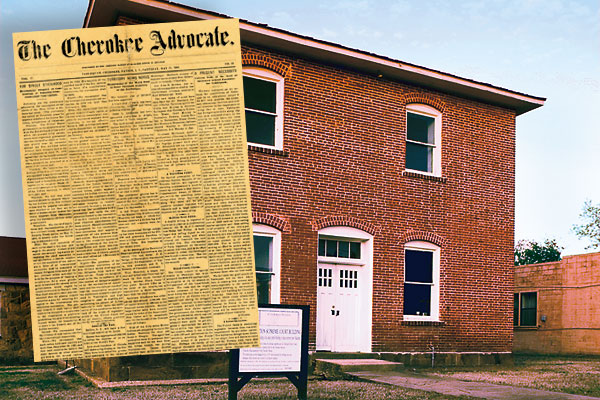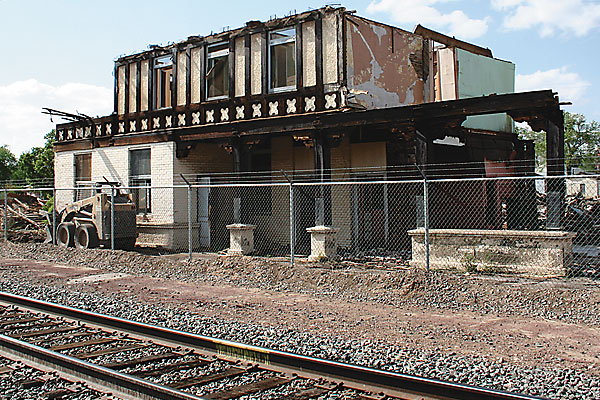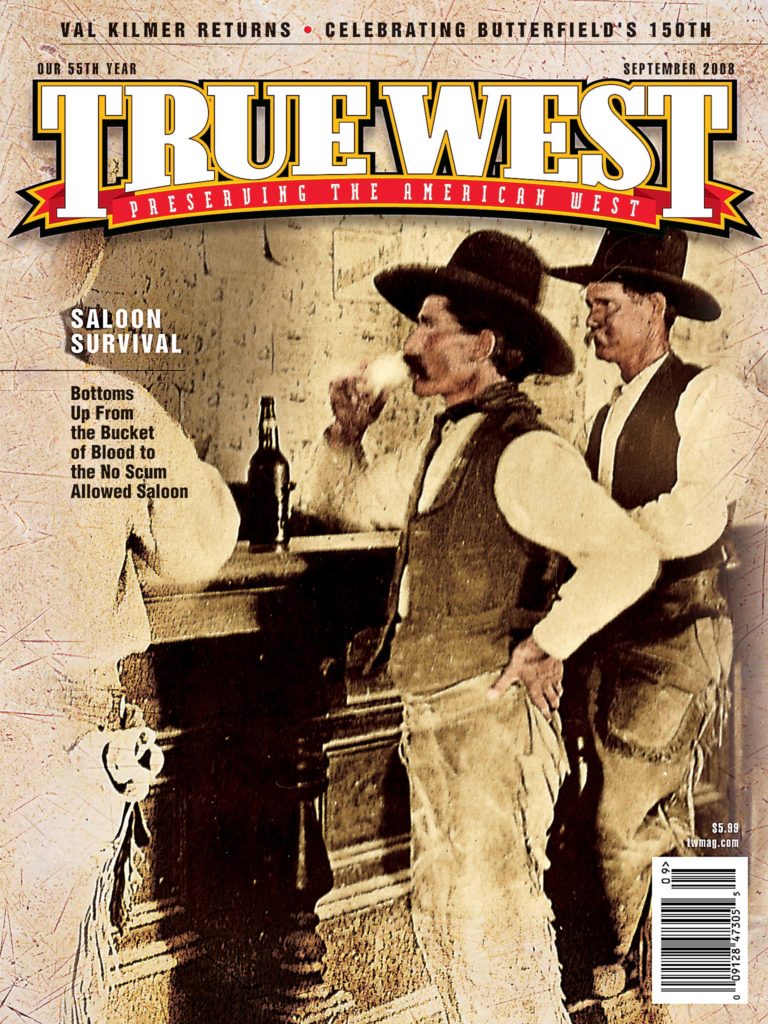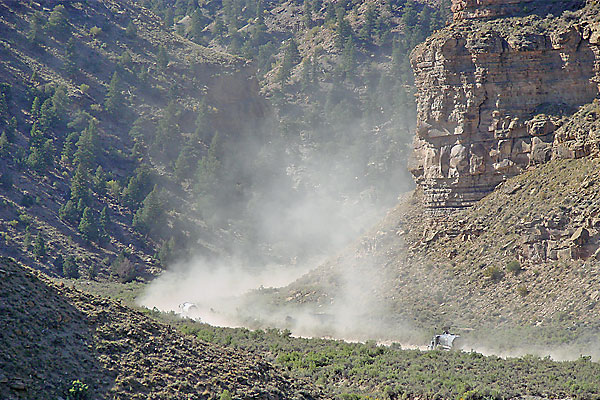
Petroglyphs in Peril
First off, Nine Mile Canyon in eastern Utah is misnamed. It’s actually about 40 miles long.
But it’s accurate to say that the place holds the largest collection of rock art in the world. Members of the Ute and Fremont tribes carved into the walls some 10,000 petroglyph images of people and animals, many more than 1,000 years old. Now, the art is in danger.
A dirt road goes through the canyon, carrying hundreds of cars and trucks every day. Workers deposit magnesium chloride on the road to keep the dust down. Local preservationists—many from the Nine Mile Canyon Coalition—say the dust and the chemical are now damaging the petroglyphs. Yet the federal Bureau of Land Management (BLM), which oversees the site, is considering a plan to build more than 800 natural gas wells in the area, which would increase traffic even more. Folks at the National Trust for Historic Preservation believe that will only increase the damage to the rock art.
A final decision is expected in December. In the meantime, the coalition is urging supporters to contact the BLM to make their feelings known.
Hot Springs Help
More than 100 years ago, people (including folks like Bat Masterson) visited Hot Springs, Arkansas, to take advantage of the healing waters. Since the heyday passed in the 1920s, several of the bathhouses that graced the place were closed and began deteriorating.
About five years ago, the National Park Service—which oversees the site—began rehabilitating the facilities, pumping more than $18 million into the project. Private businesses also chipped in.
In June, the 87-year-old Quapaw Bathhouse reopened as a luxury spa. The 24,000-square-foot building features a large central dome, covered with colored mosaic tiles and capped with a small copper cupola. Visitors may soak in three communal pools.
Work continues on converting the 1923 Lamar Bathhouse into exhibit space and offices, and the park service is in talks with a nonprofit group that wants to convert the 1922 Ozark Bathhouse into an art museum.
501-624-2701 • www.nps.gov/hosp
The 101 Ranch Collection
The Gilcrease Museum in Tulsa, Oklahoma, acquired some 3,700 items from the 101 Ranch “Real Wild West” show, including rare photos, posters, costumes and firearms. Total value: more than $2 million.
The Gilcrease purchased the collection last February from Oklahomans Jerry and Ruth Murphey. Jerry’s Indian grandmother performed with the 101, which began in 1905 and featured cowboys like Tom Mix, Hoot Gibson and Bill Pickett. The Murpheys set only two rules in selling the collection: that it remain intact and stay in the Sooner State.
Funding from the Gilcrease Museum Endowment Trust, the City of Tulsa and supporters Randi and Fred Wightman made the purchase possible.
The 101 Ranch exhibit continues through January 25, 2009.
918-596-2700 • gilcrease.org
Renovation on the Rock
Even 45 years after the prison Alcatraz closed, the legend of The Rock, an island in San Francisco Bay, lives on—stark, barren, escape-proof.
Yet for 60 families, it was home. They worked at the prison and lived on the island. They want to preserve the pleasant places on The Rock.
In October, the nonprofit Alcatraz Alumni Association will begin stabilizing the 1910 social hall, which was gutted by fire in 1970. The hall featured a bowling alley, pool tables, a dance floor, dining hall, snack bar and a movie theater. Phil Dollison, president of the alumni group, says the place was essential to life on The Rock: “This is what we did at Alcatraz. If we weren’t fishing or studying, we were at the social hall.”
The group’s goal: start a museum about the residents of the island. The stabilization price tag: about $250,000, with funding coming from private donations and grants. The National Park Service gave its okay for the initial work, but not yet on the museum. If the project gets the go-ahead, the museum could see big attendance—about 1.4 million people visit Alcatraz each year.
Remember the Alamo (Live)
Visitors can now experience the Alamo in a different way.
In May, the San Antonio, Texas, landmark unveiled a 55-minute audio tour that provides perspectives from historians and dramatic readings of eyewitness accounts of the battle. Alamo Director Dave Stewart says those who take the audio tour will hear “the same story and stand in the place where it happened. It becomes more personal to you rather than trying to visualize it.”
Headsets for the self-guided tour cost $5. The production was made possible by Discovery Audio and the Daughters of the Republic of Texas, which has maintained the site since 1905.
210-225-1391 • thealamo.org


